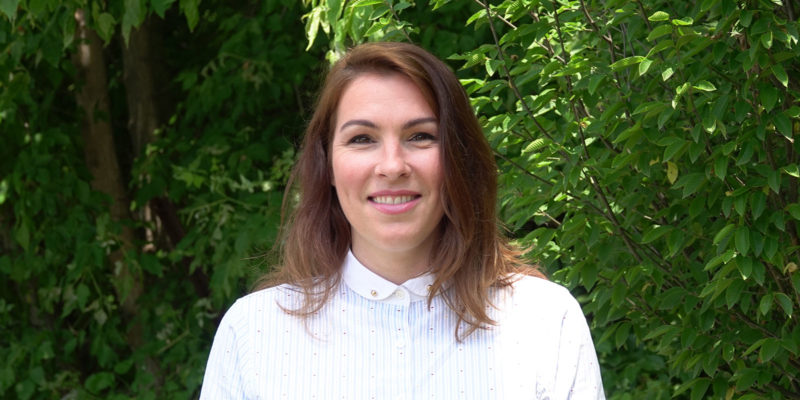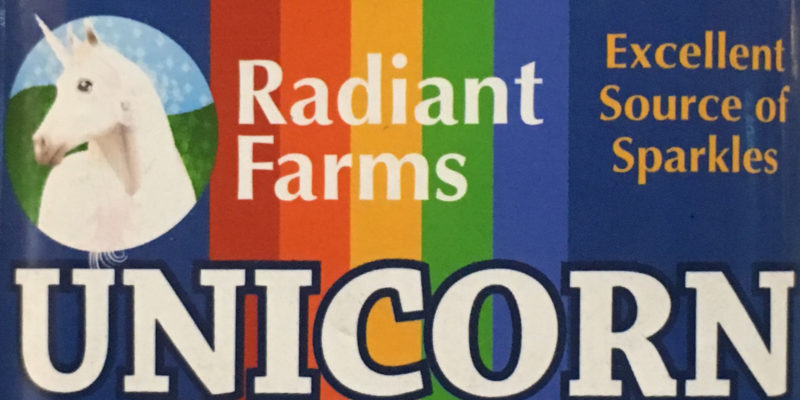The model of addiction etiology that best describes why people become addicted – and how to best help them – is in understanding epigenetics and the bio-psycho-social model.
Definitions
Etiology: the cause of a disease or abnormal condition.
Epigenetics: the study of stable heritable changes in gene function that do not involve changes in the DNA sequence.
Examining the bio-psycho-social:

The “bio” part of the bio-psycho-social model: Biological components are the anatomical, structural and molecular substrates of

The “Psycho” part of the bio-psycho-social model: The psychological component of the bio-psycho-social model explores the impact of psychodynamic forces; learning, motivation, interpersonal interactions and personality on the individual’s substance use behaviors.

The “Social” part of the bio-psycho-social model: Our observations of other people engaging in addictive behaviors can lead to the development of addiction, inasmuch as we may wish to, or be forced to, repeat what we saw. There are many social aspects we must consider that affect addiction and addictive behavior, in overt as well as covert manners.
However, my main line of reasoning stands with epigenetics.

My understanding of epigenetics is the alterations to ones’ otherwise normal functioning that becomes ingrained – and potentially inheritable – via behavior and genetic triggers.
For example, if an individual becomes addicted to self-medicating, be that with cigarettes, alcohol, legal or illegal drugs, that then turns the addiction into part of their habitual which potentially becomes part of their genetic makeup, the habit of which may be seen in their offspring.

Certain traumas, or even positive events – otherwise known as eustress – are remedied by peoples’ attempts to adapt to their circumstances.
This leads people to behaving in specific ways which, in turn, influences their actions and approaches in life.
The epigenetic model based on Dr. Bruce Lipton’s observations, postulates that living cells will become whatever agent they are exposed to:
Stem cells that are exposed to cartilage will become cartilage. The same stems cells, exposed to bone, will become bone, or skin, and so forth, depending on what environment they are put into.
This would lead one to conclude that our DNA is not a finalized chain of cells as we once thought, rather a foundation upon which the living entity alters itself based on the environment to which it is exposed.
The disadvantage of epigenetics is our lack of knowledge surrounding the topic and our ability to apply its principles into everyday life.
However, with increasing knowledge and research, epigenetics is helping us better understand how ‘plastic’ our genetic make-up is, which would also explain why there are so many different types of people in the world with different habits and different coping mechanisms.
The advantage of epigenetics is that it helps us to understand that we become what we expose ourselves to repeatedly. The beauty of this model is that it implies that we can become something else if we expose ourselves to something else repeatedly.
The same principle that applies to neuroplasticity can then be applied to the principles of our

This is empowering in a way, that if we create an addiction, we can also ‘un-create’ it by changing our circumstances, habits and behaviors.
The other positive aspect is that epigenetics can embrace and integrate other approaches such as the bio-psycho-social model, since it does not conflict with the principles laid out in its research.
To better understand that we become what we repeatedly do, the epigenetic model is the one I believe best illustrates how a living entity becomes altered by its environment.
It also helps us better understand how we are ‘helpless’ in certain circumstances when we are exposed to any toxicants, but also how we have the power to avoid addictive or compulsive behavior if or when we are presented with triggering circumstances.
I believe epigenetics will greatly advance our understanding of ourselves from a scientific and behavioral point of view.



Leave a Reply